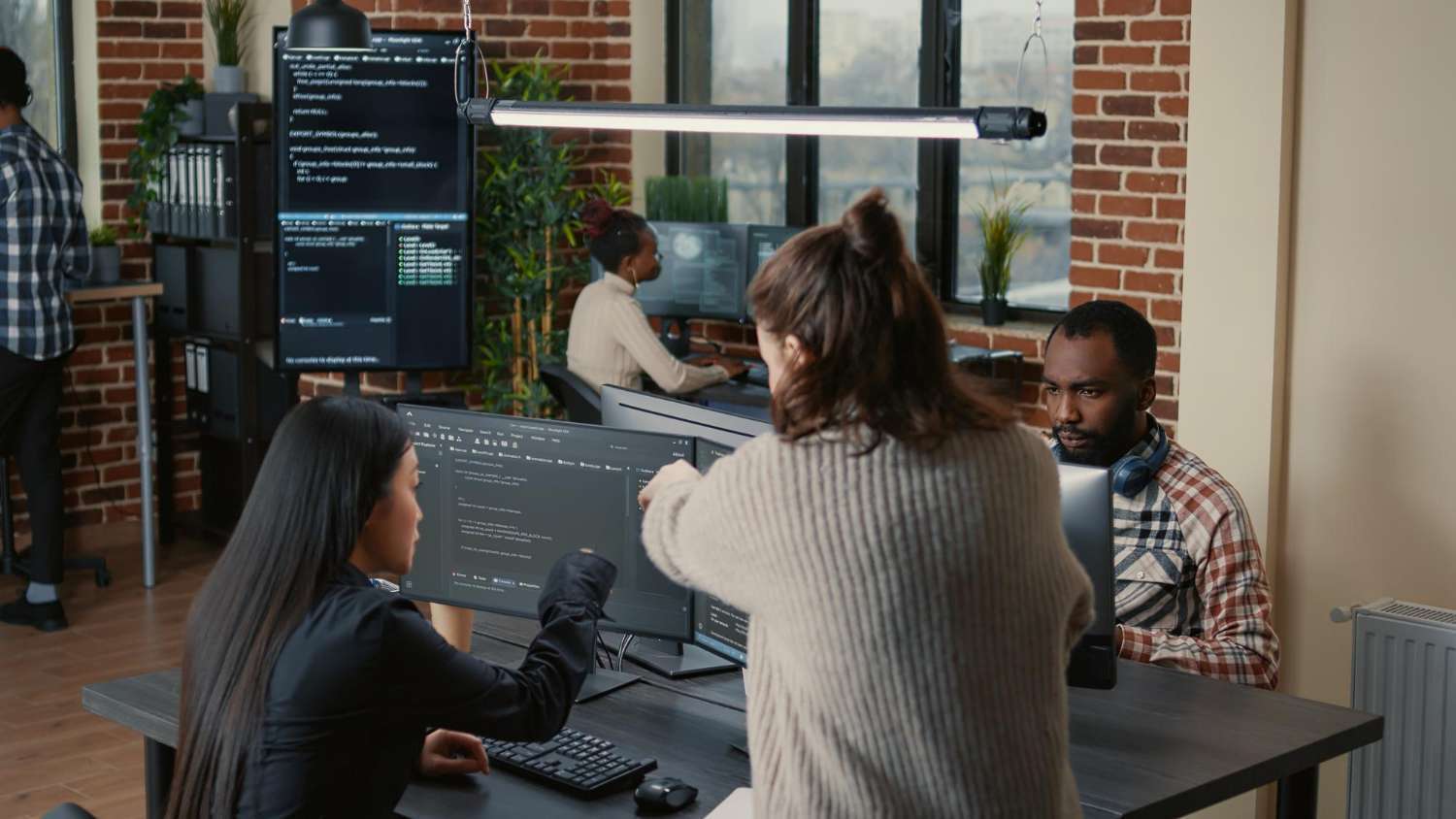Hey there! You’ve asked a very important question about remote work: “Can I convert my onsite developers to remote working?” This is a topic that many startup founders, just like you, are pondering over.
In short, the answer is yes, you most definitely can switch your onsite developers to remote work. However, such a transition requires careful planning and execution. Now, let me explain further!
Understanding the Shift to Remote Work
Transitioning from an onsite team to a remote one is a significant shift, not just in terms of logistics but also in terms of company culture and work dynamics.
It’s not simply about moving your developers home with their laptops. It’s about creating an environment where communication, productivity, and collaboration can thrive even without physical proximity.
Infrastructure and Tools
The first step towards remote work is ensuring that you have the right infrastructure and tools in place. Your team should have high-speed internet connections and suitable hardware.
Moreover, certain software tools are essential for remote work. These include communication tools like Slack or Microsoft Teams, project management tools like Trello or Asana, and code sharing or version control systems like GitHub.
Setting Expectations and Guidelines
Another key aspect is setting clear expectations for remote work. Your developers need to know how their work will be measured, what their working hours are, and how they should communicate with their peers and superiors.
Setting up these rules and guidelines is crucial for the smooth operation of a remote team.
Remaining Collaborative and Connected
Transitioning to remote work also requires establishing practices to keep your team connected and engaged. This can include regular video meetings and chats, virtual team-building activities, or collaborative workshops.
Ensuring that your team feels connected and engaged is essential to their productivity and job satisfaction in a remote environment.
Practical Steps to Start the Transition
To summarise, here are some practical steps to start with:
- Ensure your team has the necessary hardware and internet connection for remote work
- Invest in communication, project management, and code-sharing tools
- Establish clear expectations about working hours, communication, and task management
- Keep your team connected and engaged with regular communication and activities
For more in-depth information, check out A Guide to Hiring Remote Developers, a pillar article that covers hiring remote developers in detail.
Conclusion
So, can you convert your onsite developers to remote working? Absolutely! It might seem like a daunting task, but with the right infrastructure, clear guidelines, and an emphasis on keeping your team connected, you’ll be able to make it work.
Start small, learn from your experiences, and adjust your strategies as you go. Remember, it’s a process and it’s perfectly fine to take it one step at a time.
- Blockchain-Enabled IoT Device Authentication - October 16, 2024
- Quantum Cryptography: The Future of Secure Communication - October 9, 2024
- Photon Mapping for Enhanced Ray Tracing - October 2, 2024
